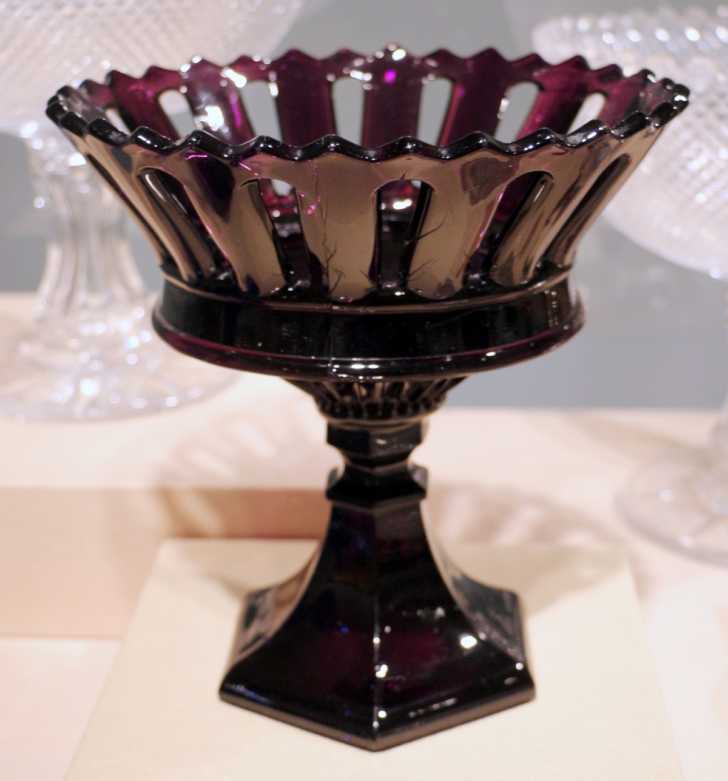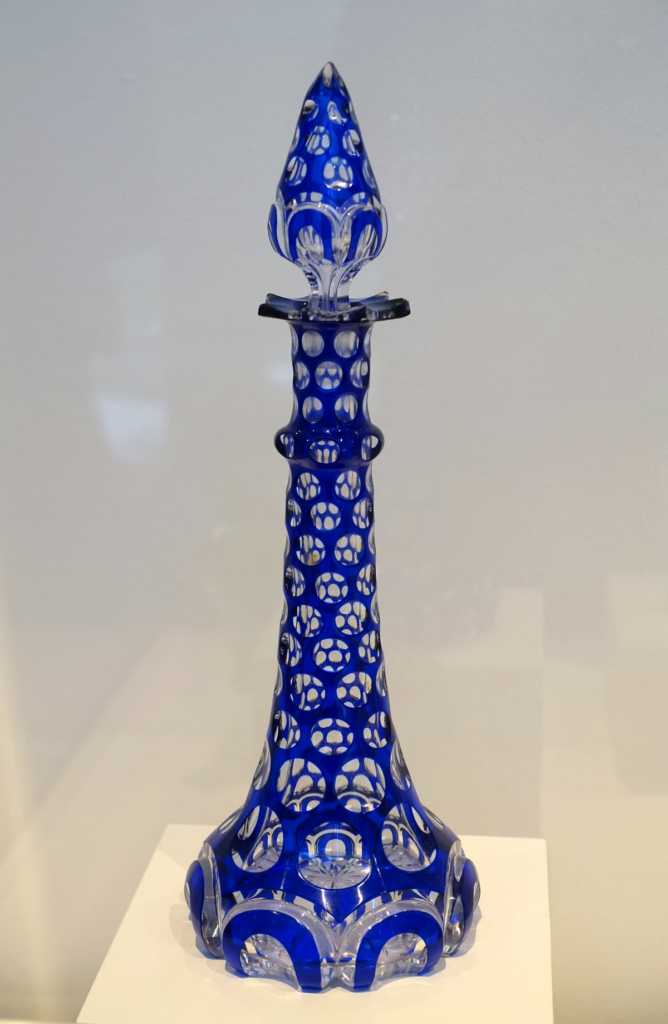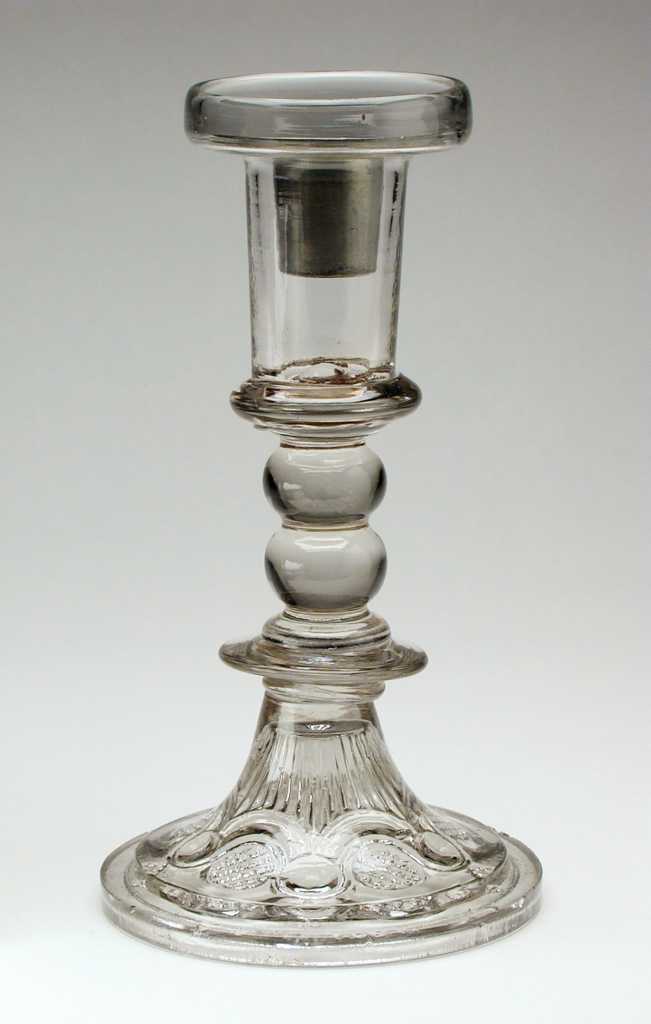Antique Spotlight: Collectible Sandwich Glass
One company changed glassmaking forever.
For the uninitiated the term “Sandwich glass” might sound like a type of lunch plate or something. But, in reality Sandwich glass is American collectible with a very strong following. Collectors love the sparkle, the unique designs, and the history behind these glass pieces. Learn more about this fascinating area of glass collecting below.

The Company Behind the Name
Sandwich glass is named after the city of Sandwich in Massachusetts which in turn is named for the city of the same name in Kent, England. A man named Deming Jarvis, who had previously worked for the New England Glass Company, started his own glassworks in the city in 1825. Jarves brought with him knowledge of how to make and sell glass and chose the location since it was close to the water and therefore held the possibility of fast shipping to eager clients. He called the company the Boston and Sandwich Glass Company since the office was in Boston and the manufactory was in Sandwich.
Jarves was a student of various glass styles and his new company specialized not only in molded glass, but cut-to-clear glass, and hand-blown glass- the latter two being more costly and requiring more skill to make.

The Types of Glass They Made
Jarves brought in artisans from England where leaded glass was more common owing to the deposits of flint within the chalk deposits in the Southeast area of the country around London, Reading, and Brighton. Leaded glass has a higher refractive index, which makes it extremely clear and very sparkly- 2 highly desirable traits of glass during the 19th century.

But, molded glass was the future of the company since it could be made more quickly than pieces made only through glassblowing. Jarves didn’t invent the pressed glass technique, but he did patent several important improvements to the process. In the 1830s Boston and Sandwich began creating a type of pressed glass with circular patterns in nodules on the undersides.
The complex patterns masked most imperfections to the glass, meaning that more pieces could be sold instead of scrapped or sold as seconds. The patterns appeared to many to be inspired by lace designs and soon this style of glass earned the nickname of “lacy” glass. Incorporated into many of the lacy glass designs were also crosshatch patterns and other elements that mimicked cut crystal, another sought-after commodity.

While the company specialized in cheaper modes of production, there are examples from Boston and Sandwich of cut-to-clear glass that created dazzling designs in clear and another color- often deep cobalt or rich cranberry colors. Blown glass was another area of expertise, though the company was known to combine molded elements with blown glass elements for a high-end look at a fraction of the cost.
Collecting Sandwich Glass
Jarves left the company over a dispute and founded the Cape Cod Glass Works in 1858. The Boston and Sandwich Glass Company ceased operations in 1888, nearly 2 decades after Jarves’ 1869 death. Their revolutionary designs brought complex designs and colors of glassware into American homes far below the retail cost that most glassware commanded less than a century before.
Prices for verified patterns of Boston and Sandwich Glass pieces can range wildly. A very complicated and colorful set of three pieces of Sandwich glass from the 1830s recently sold on eBay for $30,000. This set features two oil lamps that were converted to electric at some point, as well as a large vase to sit in between the lamps as on a buffet. However, most pieces of Sandwich glass sell for under $100 and lacy pattern plates can sometimes be had for less than $10.
The company made play pieces for children (sometimes mistaken for salesman samples), that are obtainable for a low price point as well.

Today many retailers will refer to any antique (or even vintage) pressed glass as “Sandwich” glass since that that is what the company was more known for. Later companies produced lacy glass patterns well into the 20th century, so always check for signs of age and double check on the specific patterns whenever possible.
Certain design elements used by Jarves were later replicated by other companies and are also commonly referred to as Sandwich glass, despite having no official connection to the original Boston and Sandwich Glass Company.
SKM: below-content placeholderWhizzco for DOT

